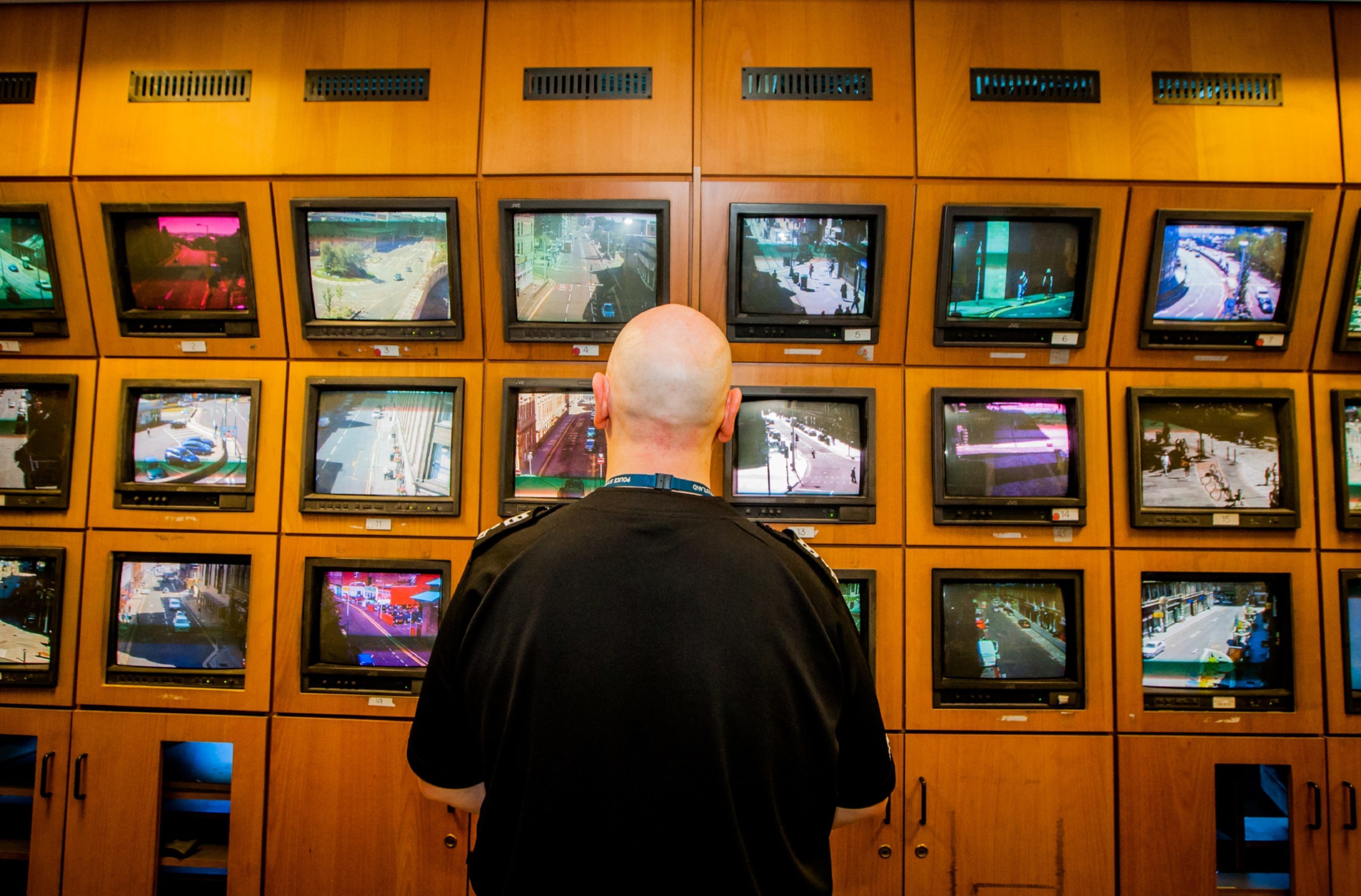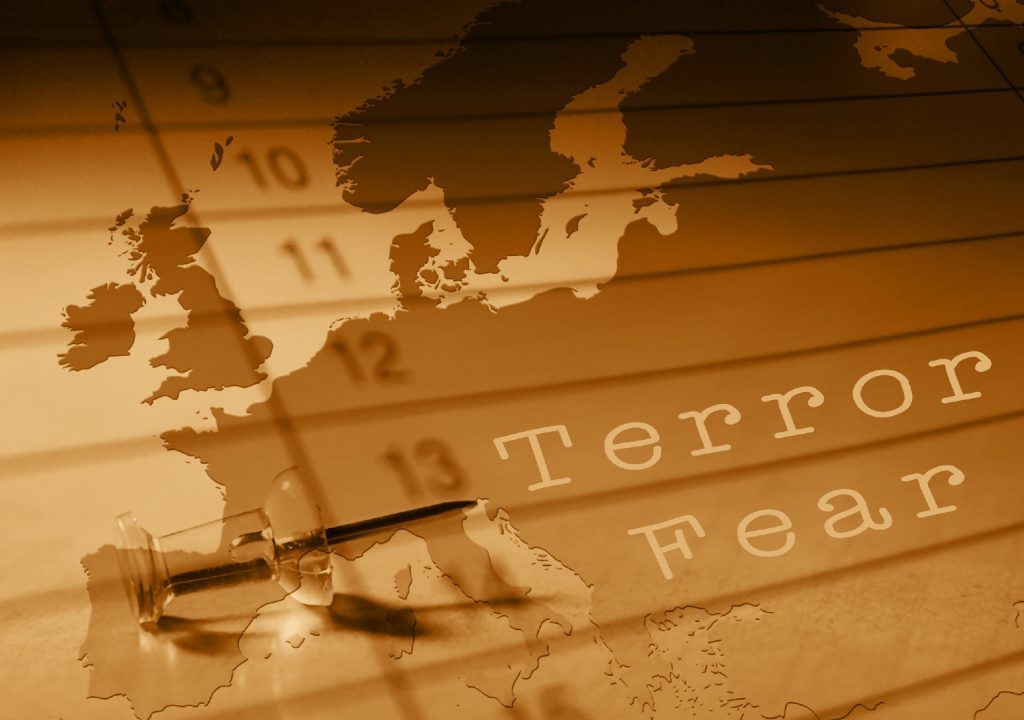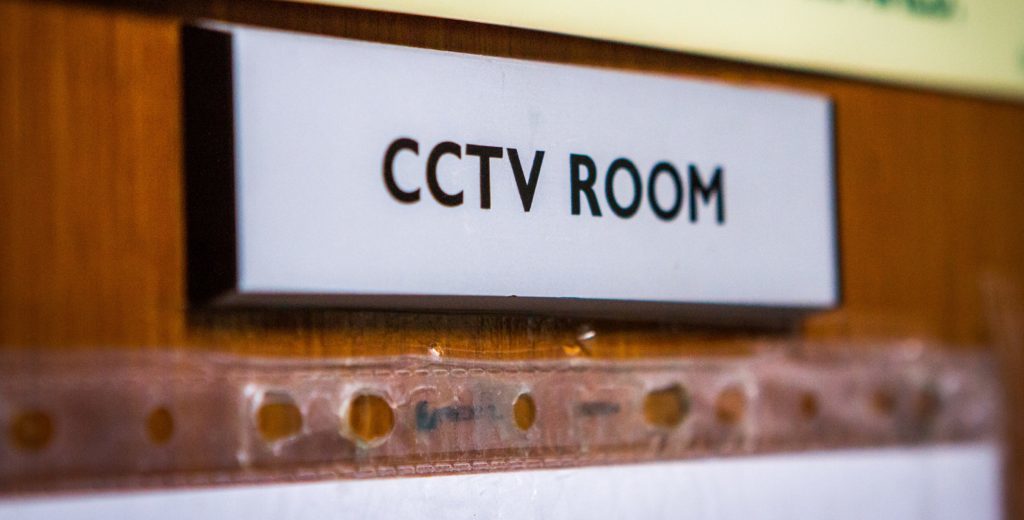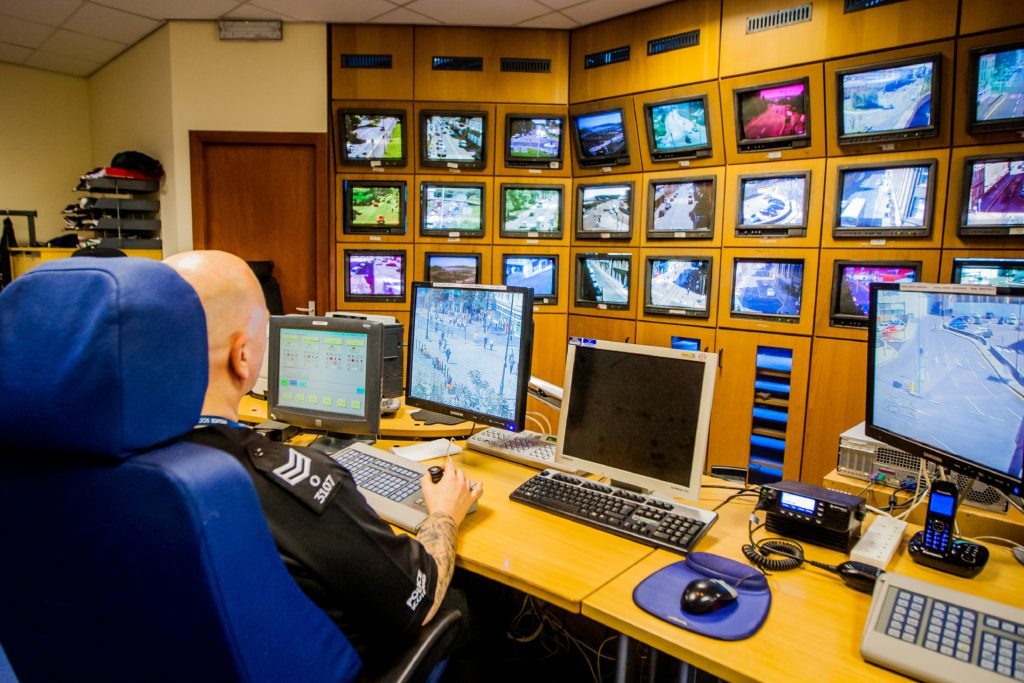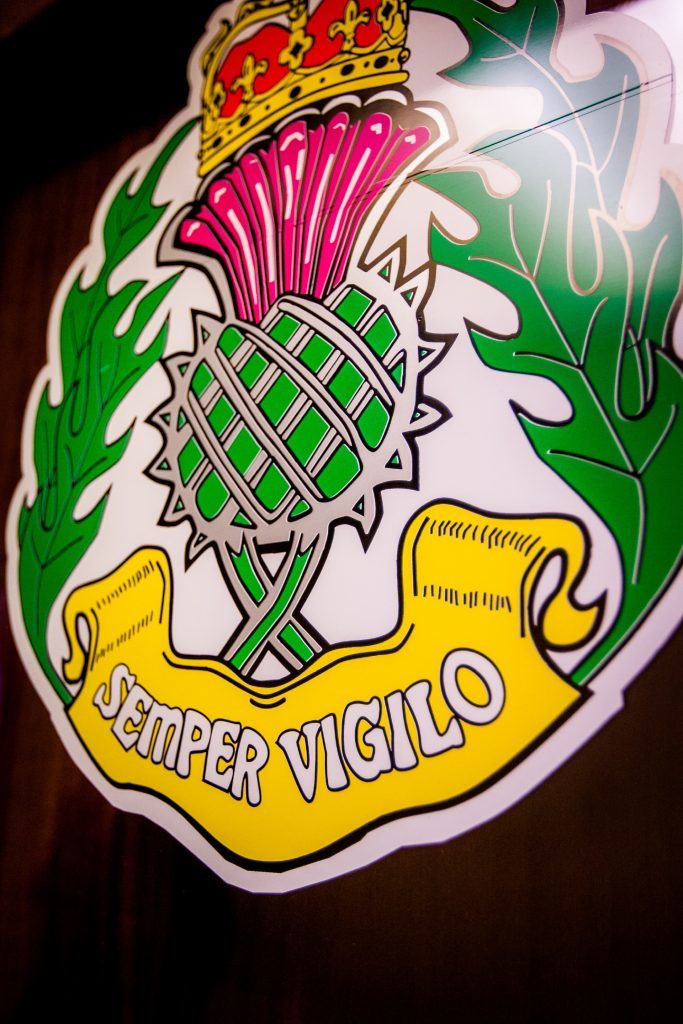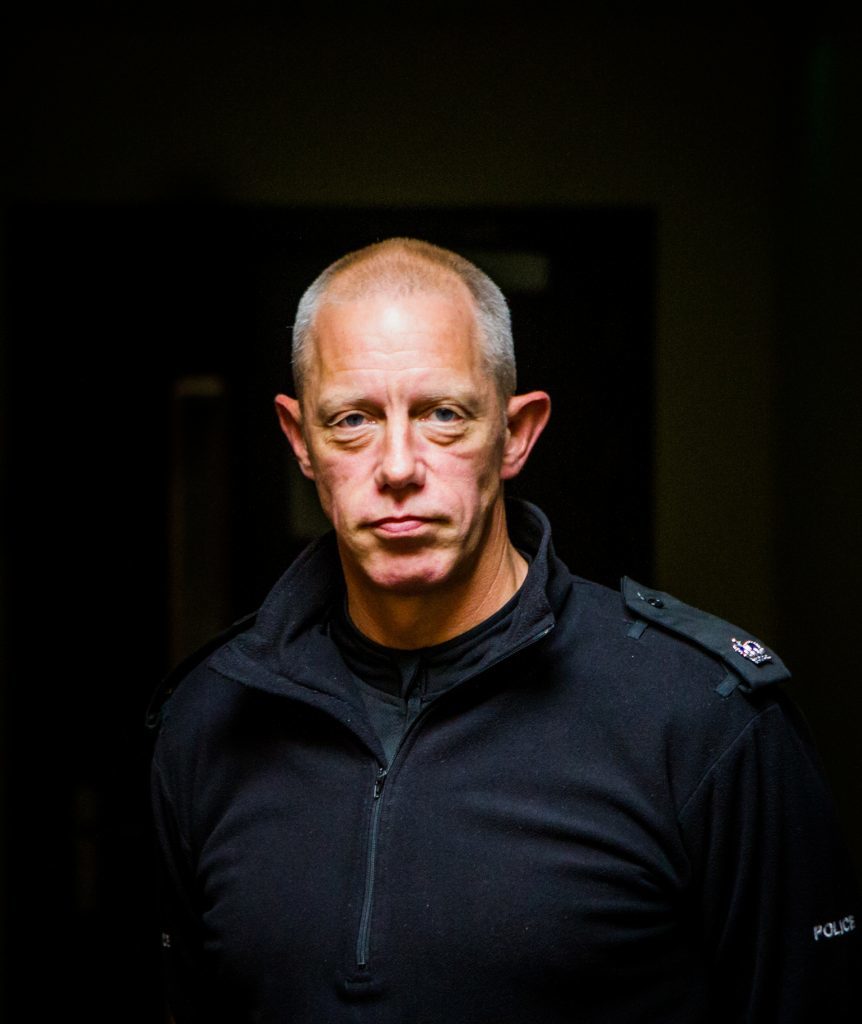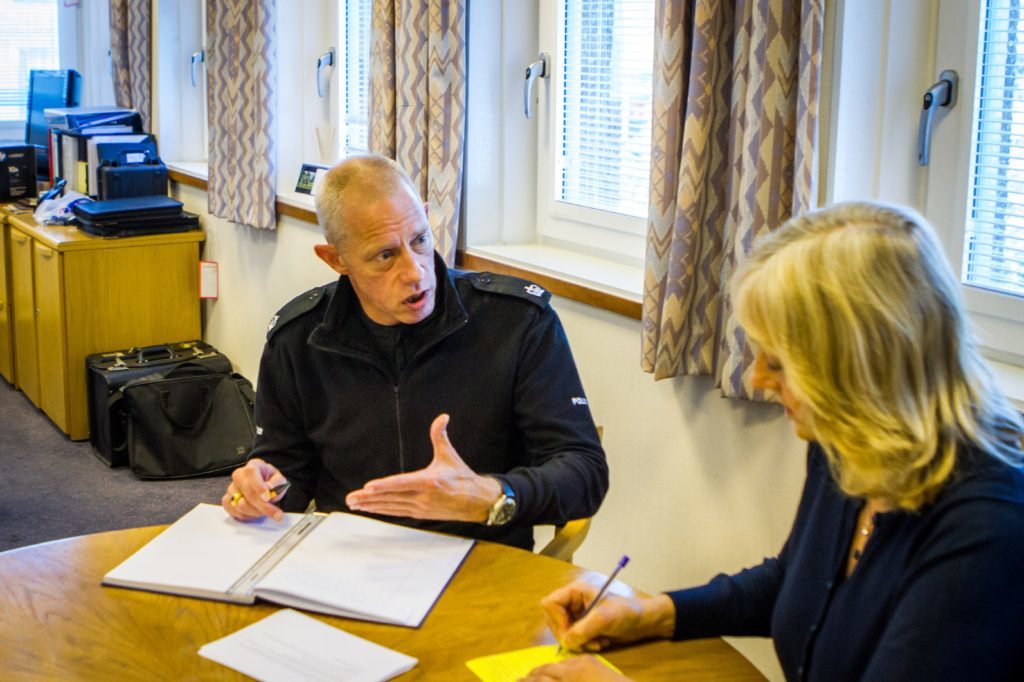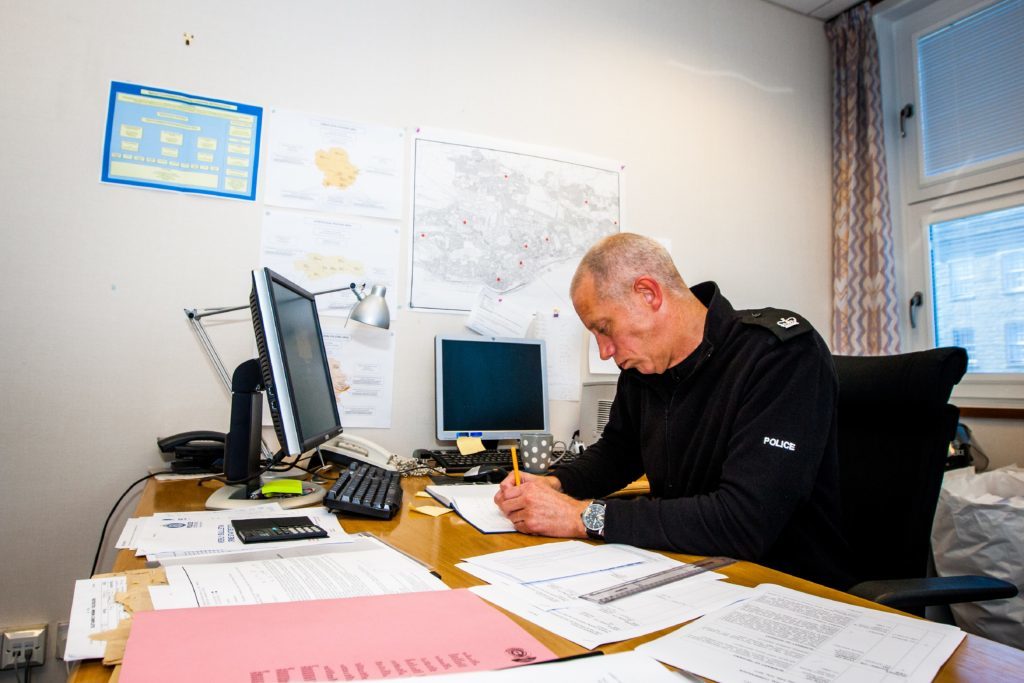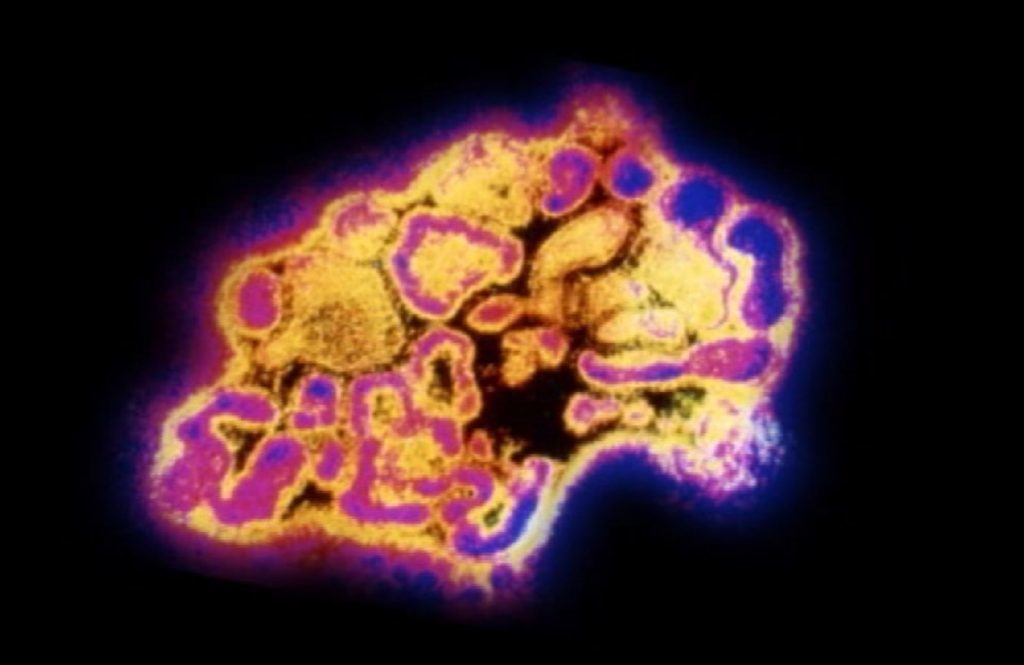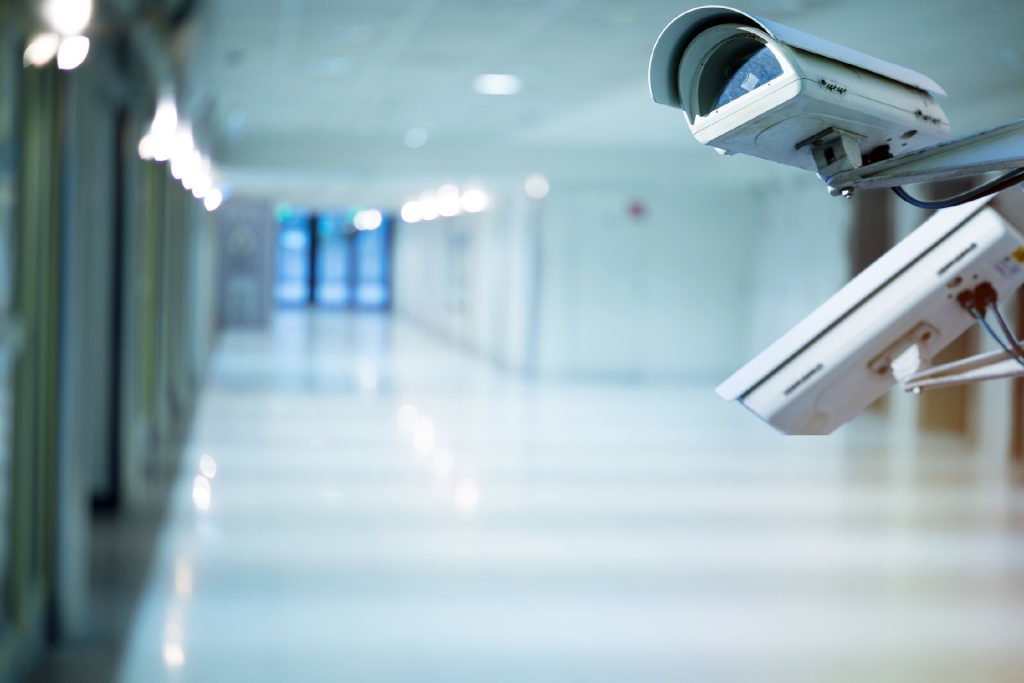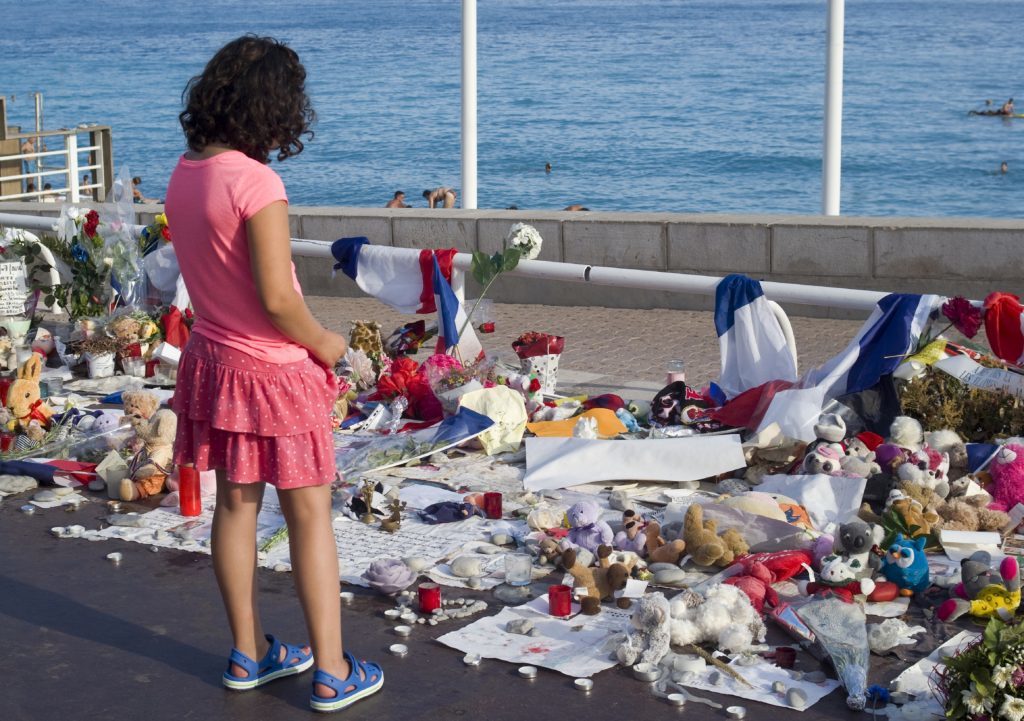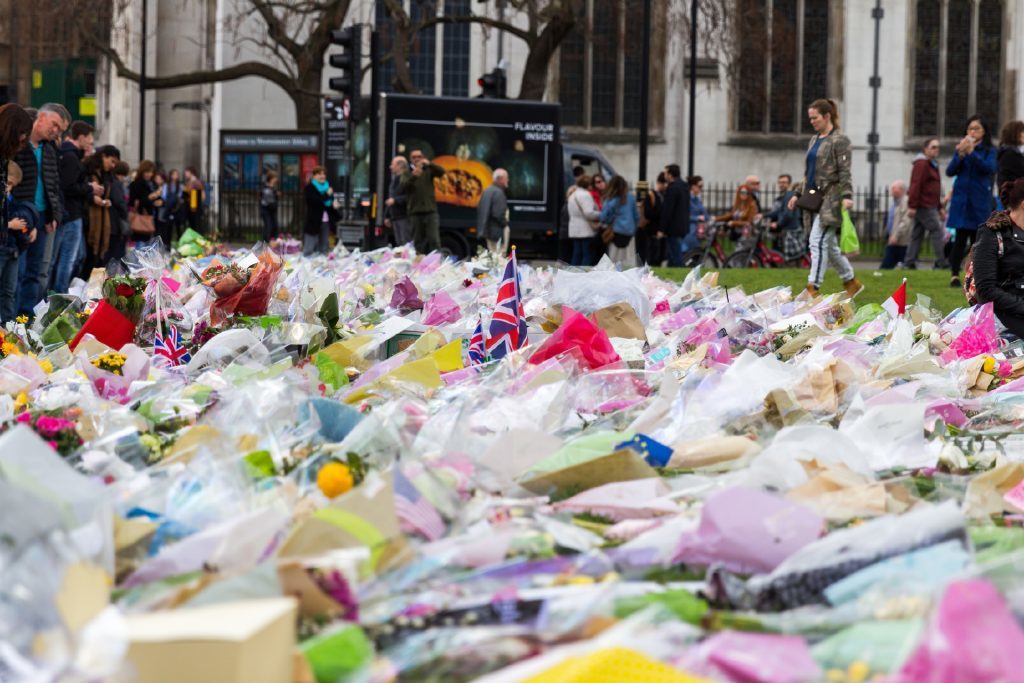To borrow from the old Chinese saying, we live in interesting times. From the threat of terrorist attacks and missile crises to natural disasters and flu pandemics, there’s something to keep most of us awake at night worrying.
But while it’s natural to be concerned, the key is to arm ourselves with as much information as we can from those whose jobs it is to protect us and look out for us. After all, knowledge is power.
All Courier Country’s local council websites include a section on dealing with, and preparing for, civil contingencies. Focusing on the effects rather than the cause of an emergency, these are generally categorised into four main areas of impact – people, infrastructure, environment and economy.
The guidance helps individuals, businesses and communities to identify and prepare for the hazards and threats that may disrupt lives and cover everything from checking your risk of flooding, putting together a grab bag of things to take in an emergency and ensuring you have enough food and provisions, to preparing a business battle box to keep your business running, and considering your preparation for cyber threats.
Inevitably, terrorism is high on most people’s worry lists at the moment and the UK-wide threat level, set by the Joint Terrorism Analysis Centre (JATC), is currently severe. Based in MI5’s headquarters in London, the JATC analyses and assesses all intelligence relating to international terrorism, at home and overseas.
When it comes to emergencies of all kinds – fire, flood, terrorism, severe weather, air or train crashes – Clive Murray, senior regional resilience coordinator for the North of Scotland, is essentially the bridge between the emergency services, utilities and voluntary sector and the Scottish Government.
“Response always begins at a local level and all responders will follow a generic plan, for all types of emergencies, which they have developed and exercised together,” Clive explains.
As one of the emergency responders, Police Scotland are prepared for any eventuality. With their motto Semper Vigilo – always vigilant – their number one priority is to keep people safe. In the CCTV room at Tayside Division’s Bell Street police station more than 30 screens monitor the city’s activity. People cross streets, park cars, pop into shops – it’s just an ordinary day in an ordinary town. But in the unlikely event of an emergency, the police and their partners are ready to spring into action.
“We have plans in place for all contingencies and carry out a number of exercises with our partners, fire and ambulance to test our response,” says Superintendent Graeme Murdoch of Tayside Division Police Scotland. “We have a generic major incident plan which details how Police Scotland would structure itself to respond. In the case of a major incident response, police would trigger that as the main blue light response and military, coastguard, and other utilities and partners would also be involved, depending on the nature of the event,” he continues.
When an unusual incident occurs, a flood of information, especially via social media, can cause chaos.
“The control room has to collate the information and work out what is actually happening,” explains Superintendent Murdoch. “Whether we’re looking at a terrorist threat, a petrochemical incident, storms or flooding, it’s also vital to coordinate the message that goes out to the public.”Armed response officers operate in Dundee and Perth 24/7 and can react quickly within an urban situation, coordinating with fire and ambulance to respond to a terrorist attack or incident. The recent Counter Terrorist Awareness Week in Tayside reassured Superintendent Murdoch that the public are tuned in to the Run, Hide, Tell guidance that almost certainly saved a lot of people from injury or possibly worse in recent atrocities.
“We can’t have a coordinated response without individuals and communities playing their part,” he stresses.
“People feel reassured if they’re informed, involved and doing something to make a positive contribution. We’ve seen it in action in the rural communities – for example during the severe flooding in Alyth – where residents are used to working together and with the emergency teams, resulting in a great community response. And that’s also why we tap into the voluntary agencies because people want to help,” he continues.
“It is not only true that communities defeat terrorism by remaining alert, strong and undivided, but all the emergency services rely on the public working with us to respond to, and recover from, any major incidents or civil emergency.”
In the event of a flu pandemic, the NHS Scotland Resilience team has sound planning structures in place. Recalling the 2009 H1N1 swine flu virus, Dr Jackie Hyland, consultant in Public Health Medicine at King’s Cross Hospital in Dundee, recalls: “We had no way of knowing know how bad it would be so we had to anticipate the worst. A review by health and social care professionals, studying how the plans worked and where the gaps were, has led to lessons learned.
“In such an eventuality, the national message to get across is that the flu itself isn’t a problem so that anyone who is slightly unwell doesn’t need to bother their GP – leave the services free for the chronically ill. Communication is vital – to keep people informed every single day and keep assessing the situation,” she continues.
“The 2009 outbreak got to the point where we couldn’t prevent it so the focus was on the treatment of people who were particularly ill.
“In a situation like that circumstances change daily, and the disease changes daily so the key is to ensure continuity plans are in place no matter what the disease is and to make sure right service is available.
“We have to be aware of escalation, of dealing with more illness and deaths than we’re used to,” she points out. “That’s why it’s vital to have the public on board.
“It all comes back to good communications when members of the public need to take control and look after themselves.
“Simple safeguards include vulnerable groups like the elderly, carers and health care workers getting the annual flu immunisation, and good hygiene like coughing into a tissue and disposing of it. Remember – coughs and sneezes spread diseases. It all helps to avoid escalation in the event of a pandemic.”
 Thankfully, the chances of being caught up in an emergency situation are rare but you might be surprised how you’d react if it did happen. Professor Ewan Gillon of First Psychology Dundee explains that panic is not generally the first reaction.
Thankfully, the chances of being caught up in an emergency situation are rare but you might be surprised how you’d react if it did happen. Professor Ewan Gillon of First Psychology Dundee explains that panic is not generally the first reaction.
“For some people what has happened is so shocking that they go into a place of denial and that’s not helpful,” he says. “However, most will behave rationally to get away from any danger – stepping in and taking control is much better. The majority are very socially focused and realise there is a common theme and that far outweighs panic.”
The key, he continues, is to arm ourselves with as much knowledge, preparation and power as the situation allows.
“We don’t function well with uncertainty and not knowing. We need to understand how to respond in an emergency. Rules are there for a reason and it’s imperative we collectively follow people in a position of responsibility and not go off on our own tangent.”
While adults can rationalise, it’s harder for children to put their fears and worries into words. In the wake of the attack in Barcelona, the NSPCC is offering advice and information including listening carefully to a child’s fears and worries; telling them that shocking events are not everyday occurrences, rather they make the news because they are unusual; and reassuring them that there are lots of adults who work very hard to keep us all safe.
Joanna Barrett, NSPCC Scotland policy and public affairs manager, says: “We have all been shocked by the string of horrifying attacks which have taken place at home and abroad in recent months where many people have tragically lost their lives.
“Children have been among the victims in several of these attacks and we understand the impact this can have on young people, looking in on these incidents from near or afar.
“Any adult worried about how a child is coping following a terrorist attack can contact the NSPCC Helpline for 24/7 help, support and advice on 0808 800 5000 or help@nspcc.org.uk”
Info
You can find out how to prepare yourself, your family and your community at www.readyscotland.org and www.gov.uk
